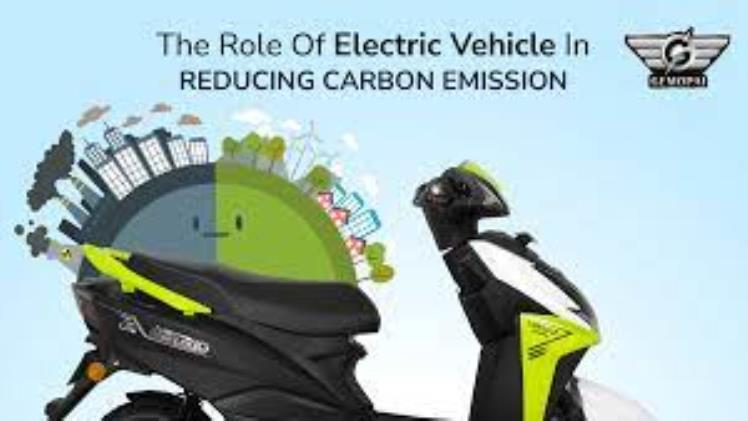Electric Vehicles and Their Role in Reducing Carbon Emissions and Air Pollution

Electric vehicles (EVs) offer numerous advantages over traditional gasoline and diesel cars, including a significant reduction in carbon emissions. They operate by storing electricity inside their batteries which is then released electrochemically when the driver accelerates, brakes or switches on a charger.
The battery is the heart of an electric vehicle and its lifespan determines how much pollution it produces. To minimize their environmental footprint, many batteries are made from eco-friendly materials like recycled plastics or organic compounds.
When the battery runs out of juice, it is recharged at a public charging station that uses electricity from renewable sources rather than fossil fuels. As such, the EV industry has made significant strides toward developing cleaner electricity sources and battery technologies that don’t require critical metals like nickel and cobalt.
Batteries also reduce greenhouse gases associated with coal, oil and natural gas production and disposal when employed in electricity-generating plants to generate energy for various consumer products. As such, batteries play a crucial role in aiding the transition towards low-carbon energy sources around the world, helping us move away from burning fossil fuels for transportation towards cleaner sources of power.
They play an essential role in combatting air pollution. Emissions such as nitrogen oxides (NOx), volatile organic compounds (VOCs), and particulate matter (PM) cause numerous health issues, including lung and respiratory ailments.
Unlike gasoline engines, which run off oil, electric vehicles rely solely on lithium-ion batteries for power. This makes them extremely lightweight and helps reduce their environmental impact.
Batteries can also be charged using solar and wind energy, which drastically cuts down on the amount of electricity needed for charging them. As climate change worsens and governments implement policies to promote their development, renewable sources of energy are becoming more popular worldwide.
Another way electric vehicles (EVs) help reduce carbon emissions and air pollution is by being more energy-efficient, meaning they use less fuel. According to the EPA, fuel efficiency for an EV could rise from a few miles per gallon to over 40 miles per gallon within 10 years, potentially leading to significant cuts in CO2 emissions.
When a driver plugs their electric vehicle (EV) into the wall, it uses electricity that isn’t sourced from fossil-fuel power plants but from an energy utility company that sources its energy from both clean and renewable sources. Furthermore, the country’s electricity mix plays a significant role in determining emissions produced when charging an EV.
It’s essential to note that emissions are still produced during the manufacturing process of an electric vehicle (EV), but they are much lower than those from gasoline cars due to their lighter weight and ability to be charged at night when electricity demand is lowest.